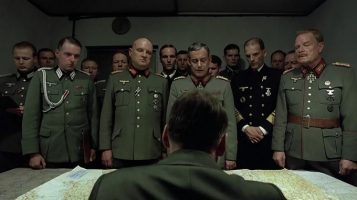Top 10 Interesting Facts about Adolf Hitler
Adolf Hitler is one of history's most well-known and hated individuals. As Nazi Germany's commander, Hitler oversaw both World War II and the Holocaust, ... read more...actions that resulted in the deaths of at least 40,000,000 people. In the decades thereafter, he has been the topic of several books, documentaries, and television specials. This list includes some interesting facts about Adolf Hitler.
-
Given his affiliation with German nationalism, the fact that Hitler was Austrian, born in Braunau am Inn in April 1889, may appear strange. This predilection, however, was not uncommon among Austrians. Hitler learned to loathe the Austro-Hungarian Empire and show devotion solely to Germany under the tutelage of his high school teacher, Leopold Poetsch, who had strong German nationalist instincts (and later taught Adolf Eichmann). Hitler enlisted in the Bavarian Army in 1914 while residing in Munich before renunciation his Austrian citizenship in 1925 and becoming a German citizen in the early 1930s. Despite the fact that the family moved from Braunau am Inn to Linz when Adolf was three years old, the border town and the home where he was born (but only remained for a few weeks) have a long-standing issue with their association with Hitler.
On February 25, 1932, Adolf Hitler became a German citizen. After years of being stateless, a fellow Nazi Party member promoted Hitler to a low-level government position that provided automatic citizenship. Hitler's new stature enabled him to fulfill his political objectives. He could run for office as a citizen, and by the middle of 1934, he had complete control of Germany as Führer und Reichskanzler (leader and chancellor). Hitler, as Führer, redefined citizenship to fulfill his views. He utilized race and pan-German ancestry to give and take citizenship away from vast groups of people. By the time World War II began, Hitler's ideals of German dominance had fueled a military campaign that had demolished boundaries and entire communities all throughout Europe.
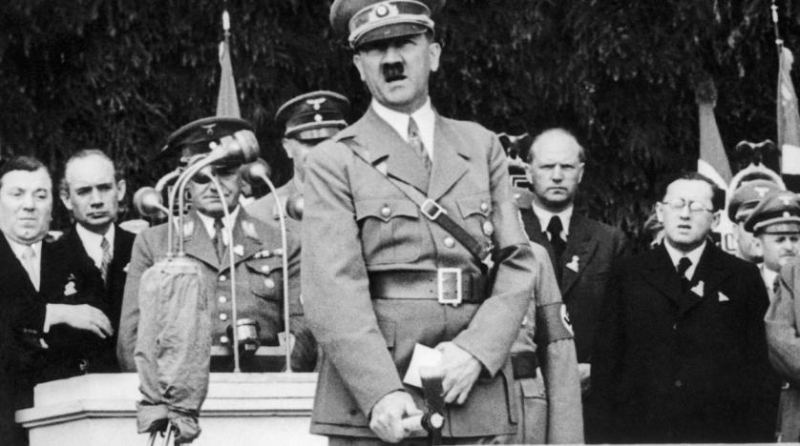
Source: english.aawsat.com 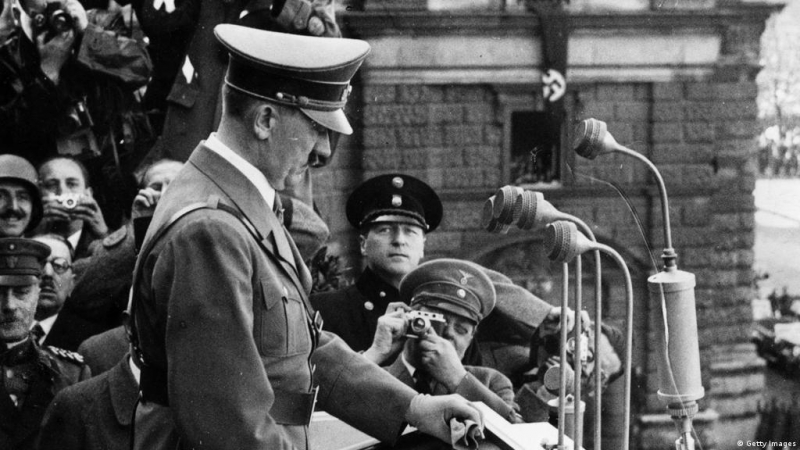
Source: dw.com -
One of the interesting facts about Adolf Hitler that you may not know. It's easy to speculate about how different the twentieth century could have been if Hitler's adolescent ambitions to become an artist had come true. He was turned down for admission to the Academy of Fine Arts in Vienna twice (in 1907 and 1908) because, while he showed some skill for architectural draughtsmanship, his human figures lacked depth and character. Hitler's passion for art, on the other hand, persisted. During the Third Reich, so-called 'degenerate' contemporary, abstract, and impressionist art was condemned as the work of Jewish and Bolshevik artists.
The masterpieces, which included works by world-renowned painters such as Klee and Picasso, were stolen from German institutions and shown in a condemnatory exhibition. The Nazis also amassed major and priceless works of art, frequently under the name of 'kunstschutz,' or art preservation. The Hague Convention Respecting the Laws and Customs of War on Land (1899 and 1907) mandated this procedure, although excessive looting occurred in occupied zones, and collections of targeted minorities were confiscated. After the war, a Führermuseum was to be built in Linz, Austria, but some of the artworks were moved into the private collections of Hitler, Göring, and Goebbels. Art worth 1.4 million railway carriages were stolen, and up to 100,000 pieces remain unaccounted for.
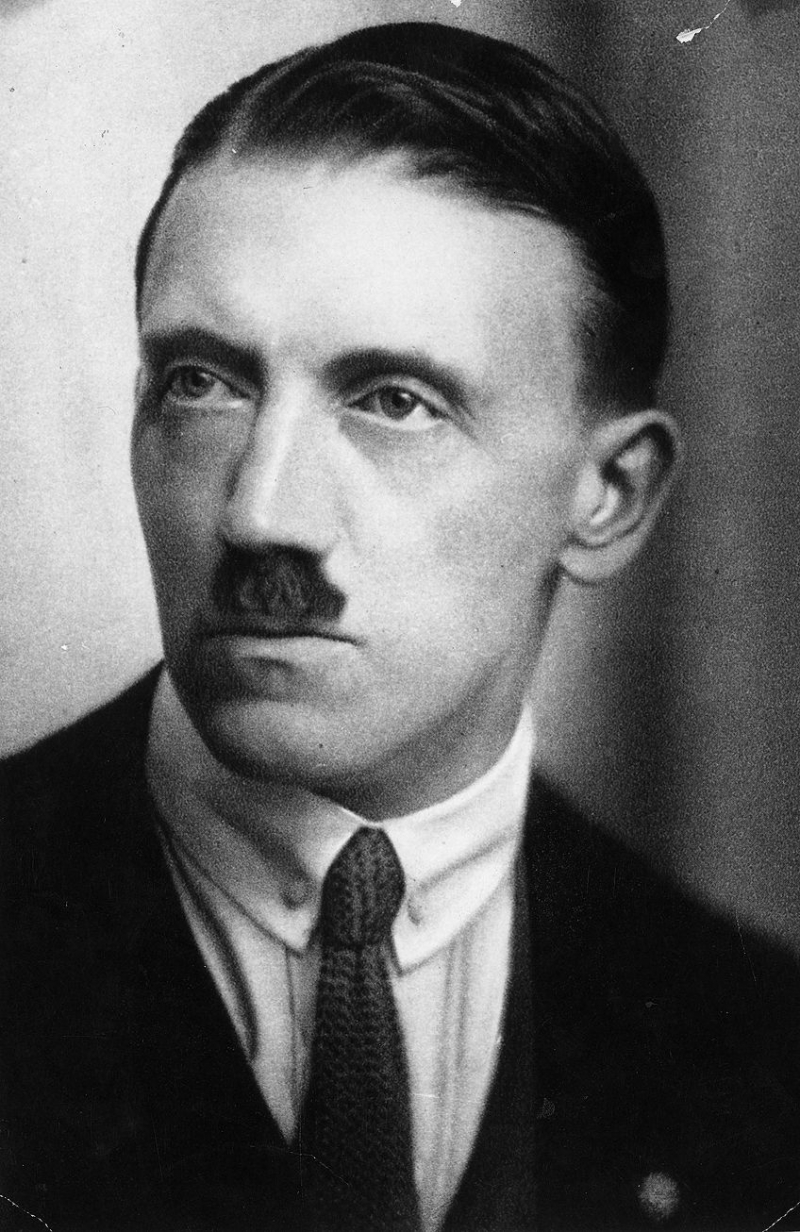
Source: artincontext.org 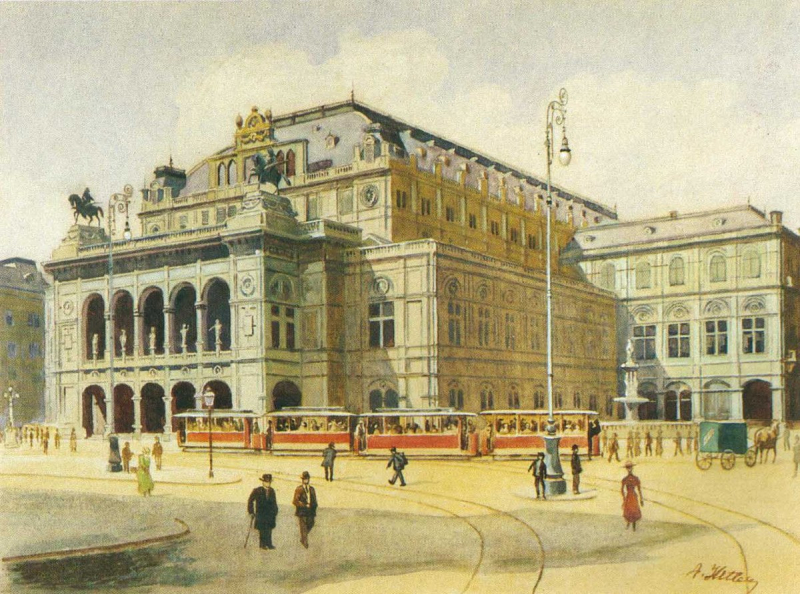
Source: wikipedia -
Hitler's failure to make it as an artist had serious financial ramifications. After having little luck selling his paintings, postcards, and ads, his financial resources were so depleted that he spent December 1909 at a homeless shelter in Vienna. He then stayed in a public men's dormitory until 1913, when he acquired his father's money and relocated to Munich.
According to police registration papers, Adolf Hitler was jobless and supported himself via the sale of his paintings at the time, and he resided in the dormitory for three years, from 9 February 1910 to 24 May 1913. He'd moved in from a homeless shelter in Meidling, where he'd been since December 1909, and had come to Munich in 1913 after inheriting his father's estate. Hitler appears to have given no information about his everyday life in Vienna, although some of his fellow inmates eventually published their memories of Hitler's stay in the hostel. They said he read the newspapers every morning in the reading room's non-smoking section, where he also painted, spoke politics with other inmates, and delivered speeches.
Reinhold Hanisch, a vagrant and part-time laborer who died in jail in 1937 under mysterious circumstances and whose recollections were published in The New Republic in 1939, was among those who wrote about Hitler's stay in the dormitory. Karl Honisch wrote a report for the Nazi party archives in 1938; Josef Greiner, a laborer who released brief memoirs in 1938 and 1947, and an unidentified guy who submitted reports for Czech newspapers in the 1930s also wrote about Hitler. Hitler's Jewish pals Eduard Löffner and Josef Neumann, the Viennese druggist Rudolf Häusler, who traveled to Munich with Hitler in 1913, and a competitor painter, Karl Leidenroth, were also dormitory inmates.
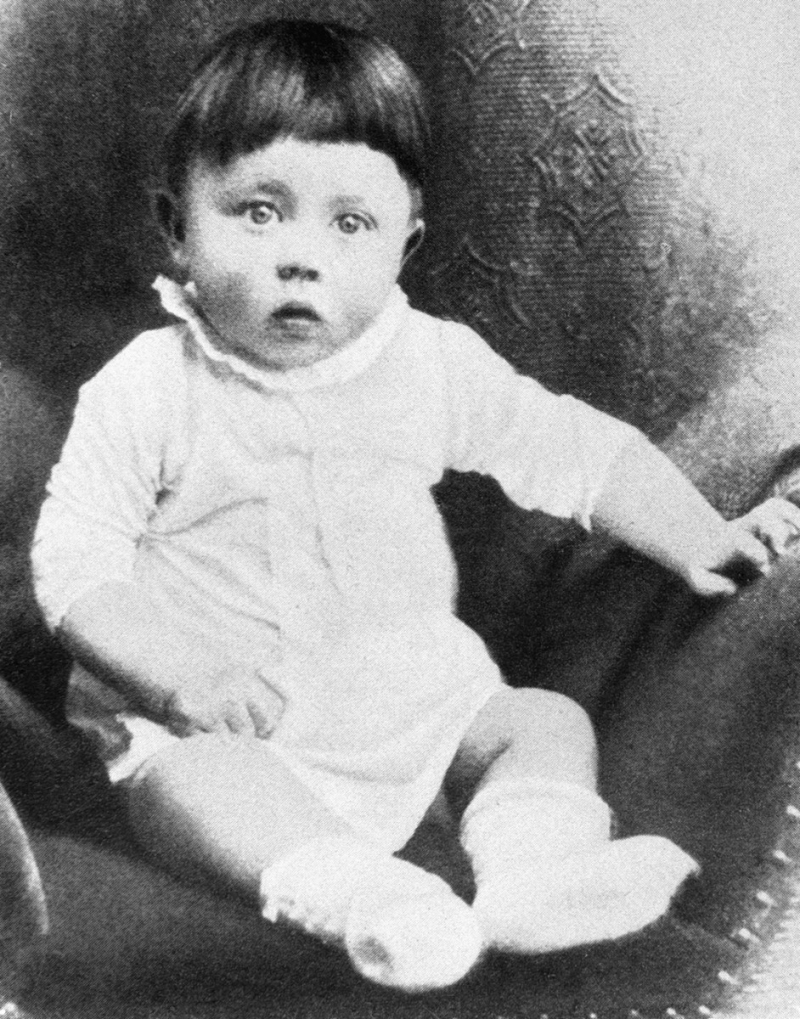
Source: biography 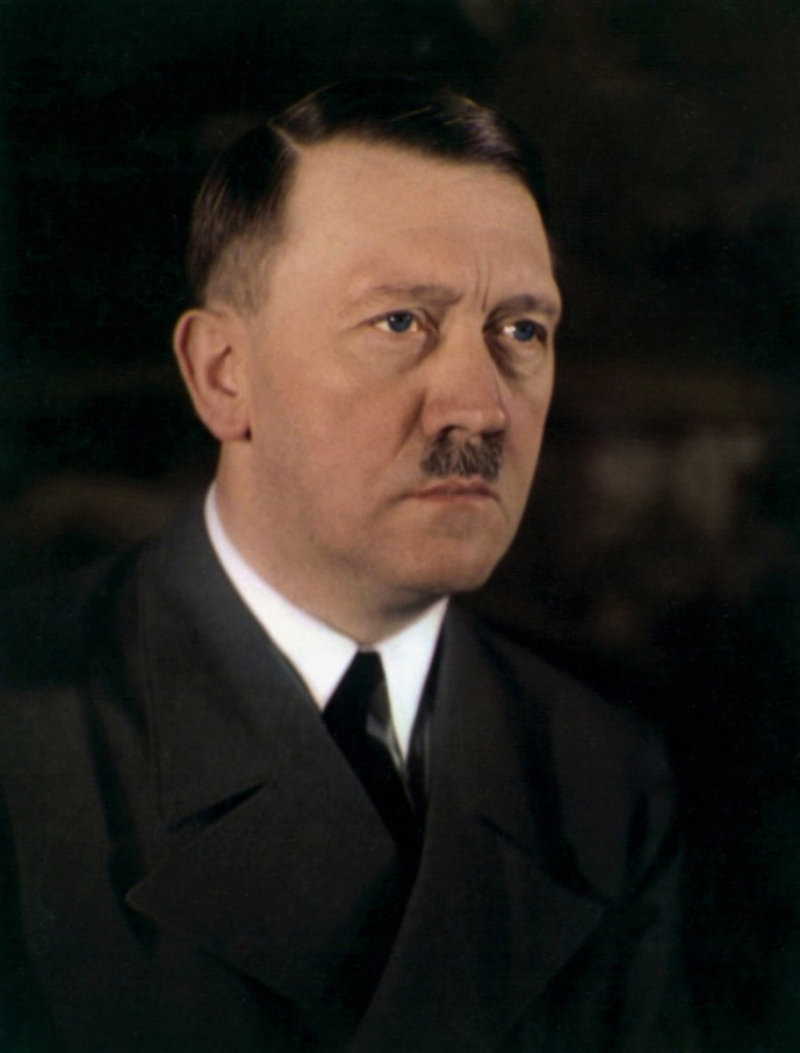
Source: history.com -
This is definitely one of the most interesting facts about Adolf Hitler for many people. Erik Brandt, a Swedish senator, nominated Hitler for the Nobel Peace Prize in 1939. Even though he meant it as a jest, few thought it humorous. Instead, it sparked outrage, and the nomination was swiftly withdrawn. Hitler would not have desired or been able to receive the honor. In 1936, the Nobel Peace Prize was awarded to German journalist Carl von Ossietzky, a prominent opponent of Hitler. The gesture was seen as a condemnation of Nazism and an "insult" to Germany. As a result, Hitler prohibited all Germans from receiving the Nobel Prize and established the German National Prize for Art and Science as a substitute. The three Germans who eventually won Nobel Prizes under the Third Reich were compelled to refuse their honors, however, they were afterward awarded diplomas and medals.
The nomination sparked outrage among Swedish communists, social democrats, and liberal anti-fascists. Erik Brandt was accused of being irrational, sloppy, and a traitor to working-class principles. All of his seminars at various groups and clubs were canceled. Brandt was taken aback by the angry replies. The Swedish publication Svenska Morgonposten interviewed Erik Brandt. He said that Hitler's nomination was supposed to be sarcastic. As a reaction to Chamberlain's nomination, he nominated Hitler as a provocation against Hitler and Nazism. As a result of the Munich Agreement, the western nations stabbed Czechoslovakia in the back in order to establish peace. Neither Chamberlain nor Hitler earned the Nobel Peace Prize.
After the onset of WWII in the fall of 1939, Brandt wrote to the editor of the anti-Nazi weekly Trots Allt that by nominating Hitler, he hoped to: "through the use of irony recommend a Peace Prize to Hitler and by that pin him to the wall of shame as enemy number one of peace in the world." However, because the reactions to the nomination were so strong, and the majority of Swedes clearly did not see the irony of Hitler's candidacy, Brandt withdrew the nomination in a letter to the Norwegian Nobel Committee a few days later in February.
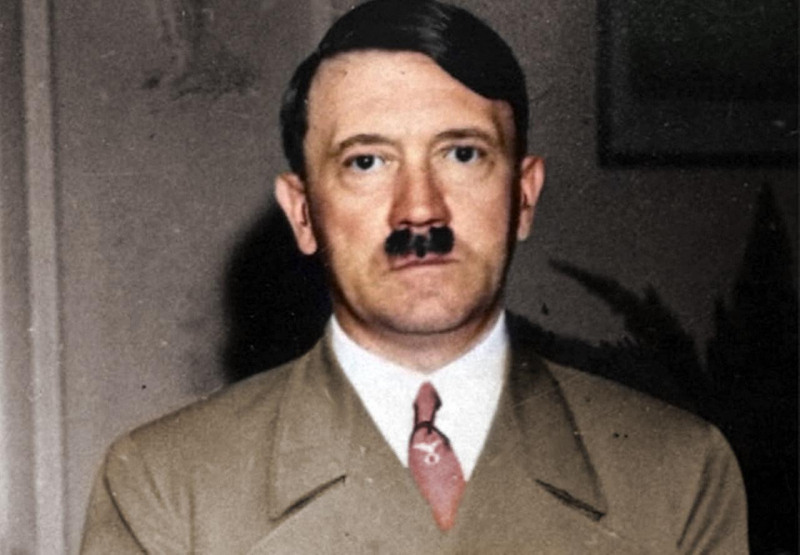
Source: reddit 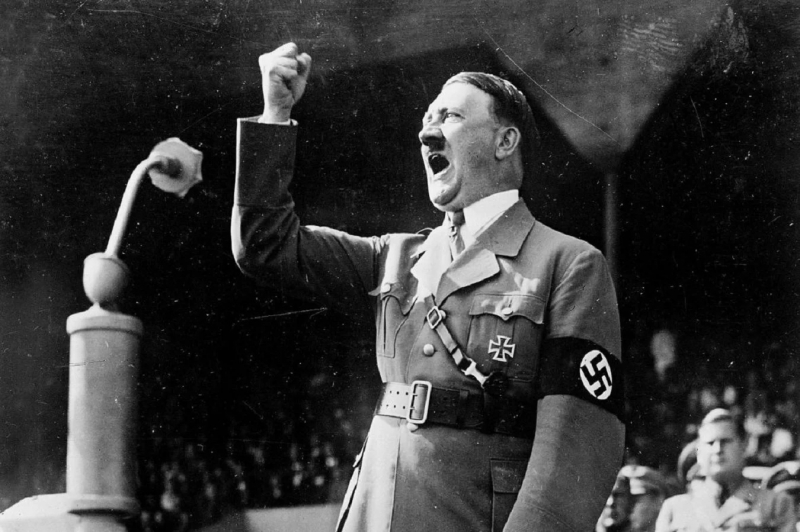
Source: nationalinterest -
Given the awful atrocities he wreaked on the people of the globe, it is perhaps surprising that Hitler was a strong supporter of animal welfare. There are ongoing disagreements about whether Hitler was a vegetarian, notwithstanding his opposition to horse racing and hunting. Animal Welfare was mentioned in many Nazi legislatures. One item that looked to limit vivisection, the practice of operating on live animals for the sake of experimentation and scientific inquiry, is claimed to be less far-reaching than previously assumed. Either way, it is difficult to reconcile any apparent concern for animals from Hitler with the complete lack of compassion and humanity that he showed as a leader.
Hitler had a real fondness for children and animals. They did, however, serve a dual role. Putting a lovely child or animal next to a less-than-adorable politician is one of the oldest propaganda techniques. It's simply a fact of reality that images of attractive things can perform a lot of heavy work, regardless of who's in the shot. The National Socialist Party never shied away from capitalizing on this reality. Albums containing photographs of Hitler exemplifying an empathic, fatherly attitude were created and distributed with the assistance of Heinrich Hoffmann. Some of the most famous ones were shot with Bernhardine Nienau, often known as Hitler's Sweetheart, or his dog, Muck (one of the five billion German Shepards he owned).
This is not to say he didn't like animals or children. Not every photograph in circulation today was taken for propagandist objectives. Many were taken from his own albums. Furthermore, there are decades of anecdotes in which he displayed strong feelings for both. “His only real affection seems to have been for his dog, Foxl, a white terrier that had strayed across from enemy lines. Hitler taught it tricks, reveling in how attached it was to him and how glad it was to see him when he returned from duty.” Ian Kershaw explained. Hitler adored being among children and animals. It's not difficult to see why. Both possess attributes that many adults lack, such as unconditional acceptance, devotion, and an honest yet uncomplicated view of the world.
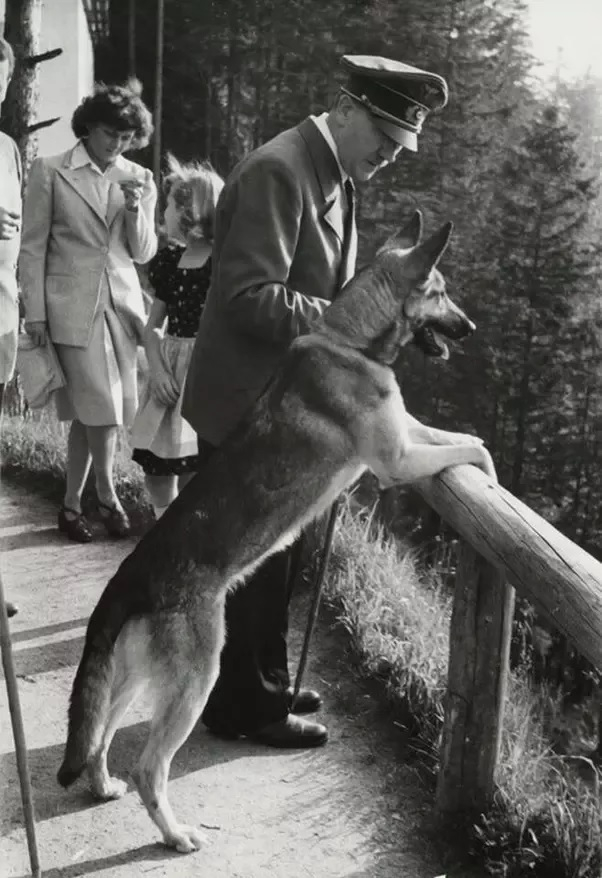
Source: quora.com 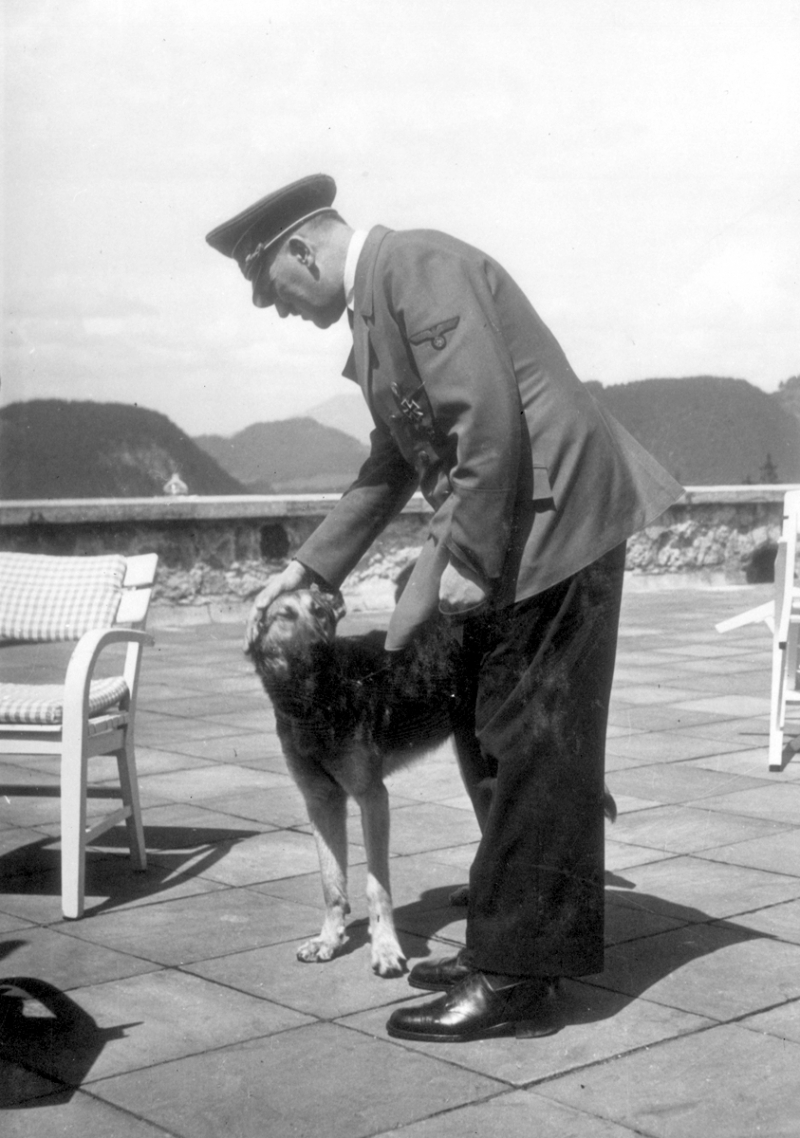
Source: hitler-archive -
Adolf Hitler's health has been the subject of much conjecture, and the list of problems he is alleged to have lived with is lengthy. Some historians believe Hitler had syphilis (which his personal physicist Theodor Morell diagnosed in a 1945 report to Himmler), Huntington's illness, and Parkinson's disease. The Third Reich condemned the first two of these criteria. In Mein Kampf, syphilis was cited with prostitution as a "Cause of Collapse," and Huntington's disease is a genetic condition that is on state sterilizing lists. A number of studies have found that Hitler had irritable bowel syndrome, skin lesions, heart dysrhythmia, coronary artery disease, syphilis, borderline personality disorder, amphetamine addiction, and, most critically, Parkinson's disease.
Medical historians, on the other hand, were primarily interested in Hitler's probable Parkinsonism. Some relate Hitler's suspected usage of different medicines to the hand tremors that are frequently recognized as indications of Huntington's or Parkinson's disease. According to popular belief, Hitler's Parkinsonism was revealed for the first time in 1945, when a Swedish newsreel was smuggled out, avoiding German supervision. It depicts Hitler walking slowly with a reduced swing in his left hand, indicating bradykinesia, as well as a masked face, stooped posture, and rest tremor. Photographs, eyewitness stories, physician's prescriptions, and his deteriorating handwriting with the resulting micrographia were among the other pieces of evidence of his condition. It's also widely assumed that he had Monorchism, a medical ailment characterized by having just one testicle, however, the sources supporting this are dubious. The first was a second-hand description of an injury sustained during the Battle of the Somme, and the second was refuted by a Soviet doctor participating in Hitler's autopsy.
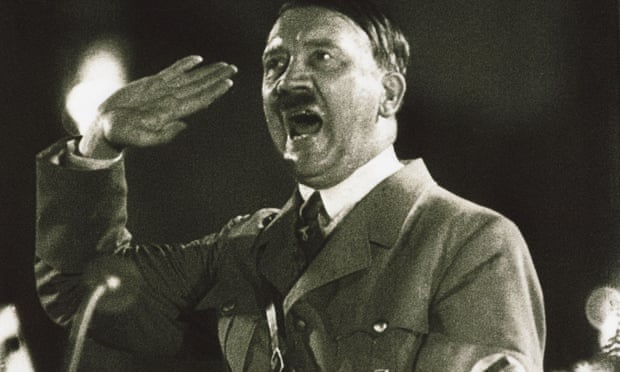
Source: baotintuc.vn 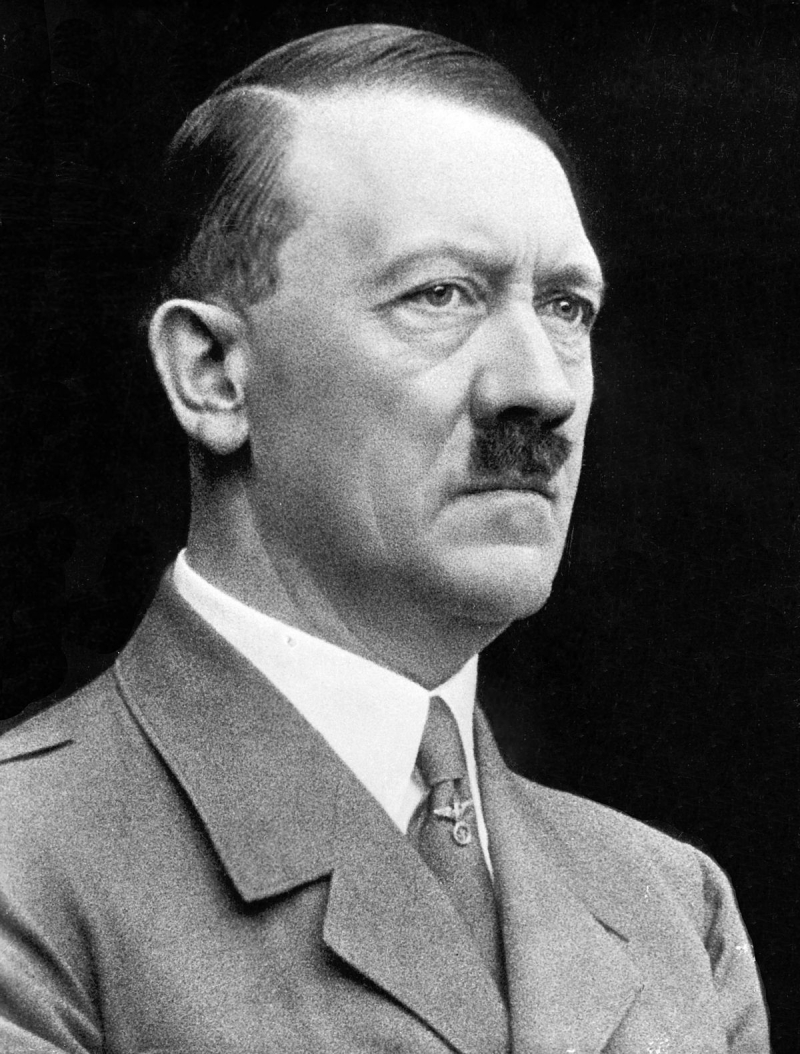
Source: wikipedia -
It is unclear how many times Hitler was assassinated, but it is reasonable to estimate that he survived well over 20 attempts. Hitler was fired multiple times before becoming chancellor. He was shot in a Munich beer hall brawl with political opponents as early as 1921. Later efforts included bomb schemes in 1939 by carpenter Georg Elser, who missed Hitler by 13 minutes, and in 1944 by German Army Colonel Claus von Stauffenberg. Throughout his career as a politician and as the leader of Germany, Hitler faced assassination attempts. Several attempts on his life were attempted, but he survived them all. Bombs were planted in a number of locations, but they either did not detonate or Hitler modified his plans at the last minute.
Hitler was genuinely injured in an assassination attempt in 1944, which should have killed him. He only survived with impairment to his hearing. Following the attack, Hitler declared himself "invulnerable and immortal." Any assassination attempts on his life by members of his own staff or adversaries were dealt with harshly. One of his most senior Gestapo officials was slain in May 1942 by SOE-trained Czechs. 5,000 people were killed in the ensuing retaliation.
The British established the SOE in 1940 to carry out "any action by way of subversion and sabotage against the enemy overseas" now that much of Europe was under German domination. Despite internal opposition, the SOE began preparing Operation Foxley in 1944. Some claimed that it was preferable to keep Hitler alive since he was making so many mistakes. Nonetheless, a strategy was devised, and SOE began hunting for personnel to carry out the efforts. The Allied victories of 1945 trumped the intended assassination attempt, and SOE redirected its efforts elsewhere. The existence of such a scheme, however, arouses considerable curiosity since, if carried out successfully, it may have altered the course of the war and possibly history.
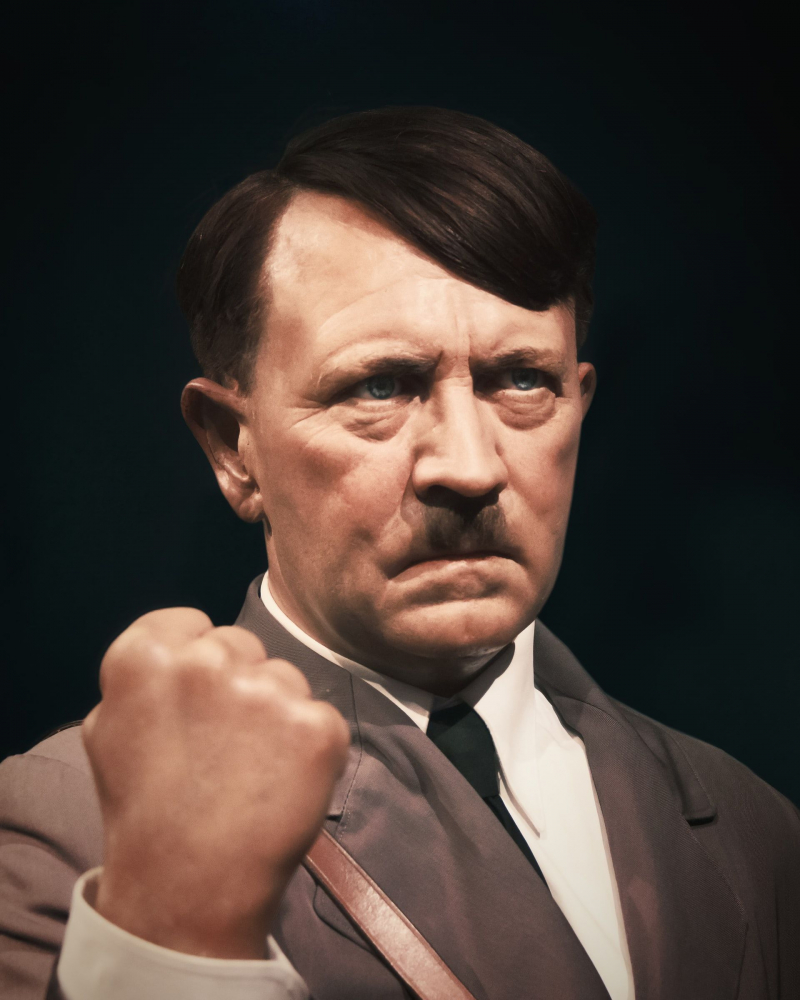
Source: portalpurwokerto 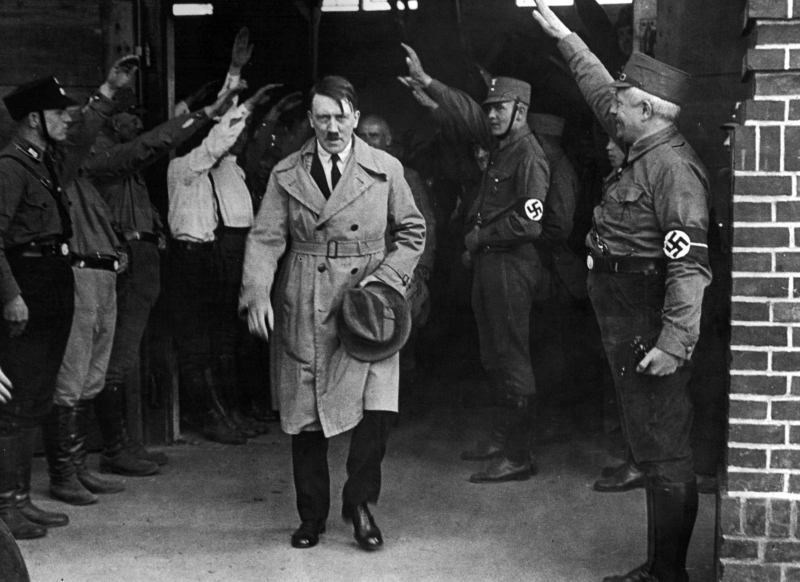
Source: washingtonpost -
We now know the reason for Hitler's mustache. According to a recent biography of author Alexander Moritz Frey, who served in Hitler's Bavarian Infantry Division. Hitler reportedly desired a full Bavarian mustache, the type of ostentatious chops on which to hang a hat. His commanders in the Bavarian Infantry Division, however, instructed him to trim his mustache so that his gas mask would fit correctly over his mouth. "A pale, towering figure rushed down into the cellar after the first shells of the daily evening bombardment had begun to fall, dread and wrath burning in his eyes," Frey wrote of his first meeting with Hitler in 1915. "Because he was so slender at the time, he appeared tall. A long mustache, which had to be cropped later due to the new gas masks, concealed his mouth's unattractive slit"
Historians sometimes refer to Hitler's renowned mustache as a "toothbrush mustache," a popular kind of facial hair in the early twentieth century, notably in Northern Europe. The trimmed-down design was a modernist departure from Kaiser Wilhelm II's Germany's broad, sweeping whiskers. Hans Koeppen, a dashing German soldier and racing car driver, donned the toothbrush mustache, which was described as "typical of his class" in a 1908 New York Times story. During the 1910s, German Crown Prince Wilhelm wore a toothbrush. In 1925, a young Walt Disney developed a toothbrush mustache to appear mature in commercial meetings. According to popular belief, the toothbrush mustache fell out of favor when it became inexorably associated with the dreaded Nazi leader. However, there is a problem in this historical account: Hitler's mustache was not a traditional toothbrush. His whiskers were bushier and narrower, and might best be described as a "variation of the toothbrush style." Even at the height of his power, many Germans considered Hitler's facial hair to be completely outmoded.
Today, any facial hair arrangement that even remotely resembles the Hitler mustache is ridiculed in public. Michael Jordan was constantly mocked for sporting a tiny mustache in a Hanes underwear commercial. He finally went back to his original mustache. Mockery, however, has not deter Zimbabwean President Robert Mugabe. He proudly sports a mustache and has dubbed himself "the Hitler of our time."
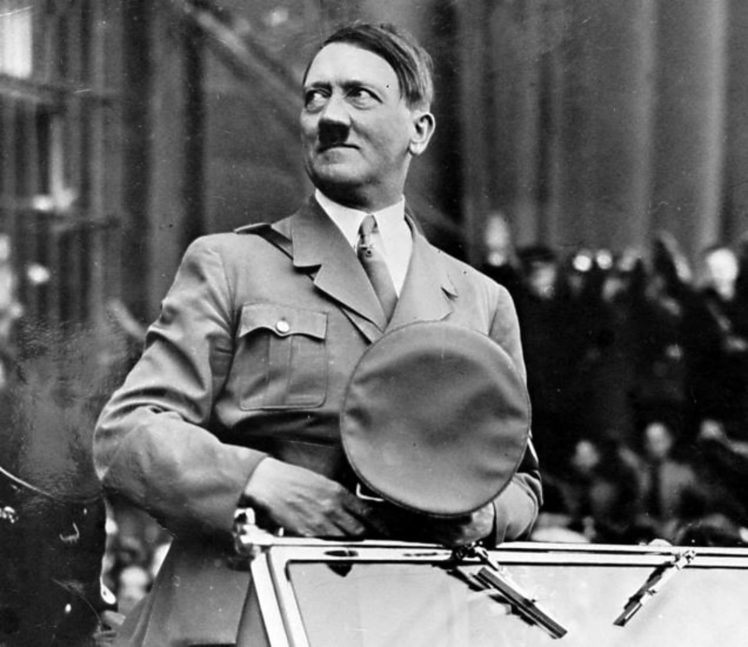
Source: wallup.net 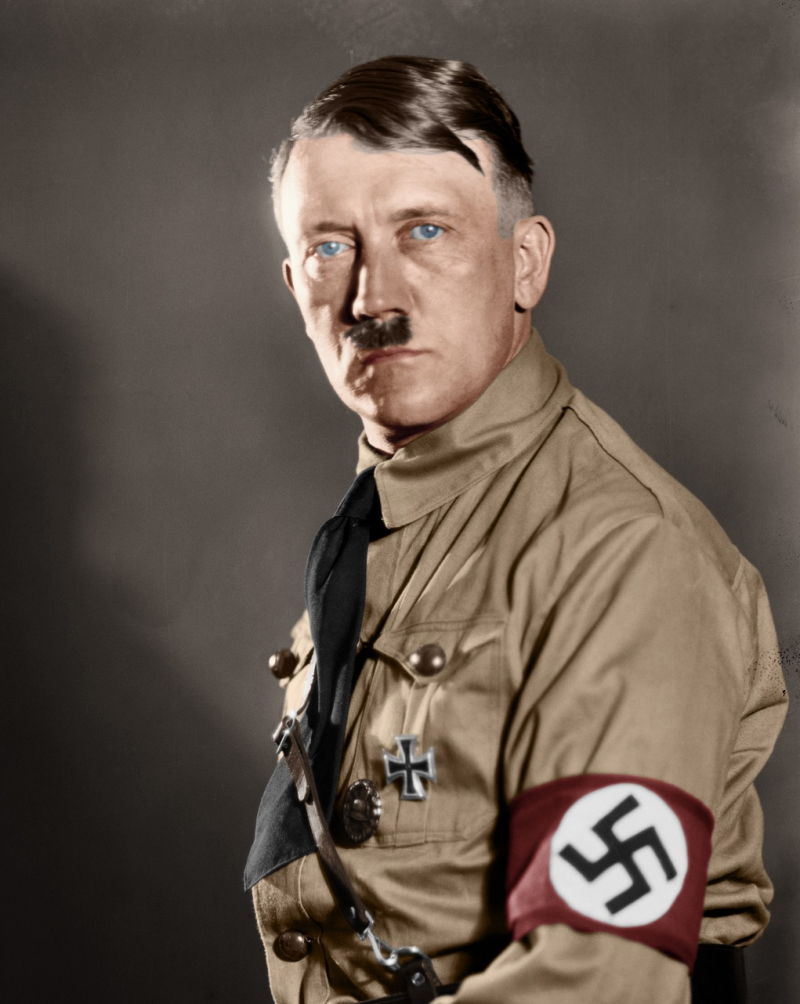
Source: imdb.com -
Who would have known that a person like Adolf Hitler would have had a secret passion for Disney characters? Apparently, Hitler enjoyed Snow White and the Seven Dwarves since it was based on an old German folk story. That makes sense given that he adored everything German and was a firm believer in his country's future and greatness. What is difficult to comprehend is that he would go so far as to reproduce many sketches in the likeness of various Disney characters.
When a painting of a traditional Bavarian home by A. Hitler was discovered at an auction, it was nothing out of the ordinary, but when the buyer opened up the frame and discovered four hidden drawings, he was taken aback to discover that each one was by the same artist, none other than Adolf Hitler, one of history's most brutal and hated men. To see evidence that a man like Hitler enjoyed a children's cartoon this much was sure to be strange and unsettling. After all, the photographs are from 1940, far into the Second World War, and only five years after its devastating conclusion. If Hitler had let people witness this kind of stuff, his authority might have frayed a bit more around the edges, although it might not have.
His superiors may have dismissed this as another of his peculiarities, but it would have been worse than the reports that he was deeply interested in all things occult, which were seen to be something that could benefit the war effort if true. His interest in Snow White and the Seven Dwarves, as well as Pinocchio, may have caused his supporters to doubt his loyalty to the cause, leading them to believe he was a phony leader who only wanted to draw cartoons. There is no way to be a supporter of anything Hitler did unless you want to ignore his horrors or openly agree with his beliefs. It is strange to believe that a guy responsible for one of the world's biggest mass killings was interested in something intended to amuse and delight youngsters. Whatever inner kid was responsible for his pictures was a little and extremely private entity.
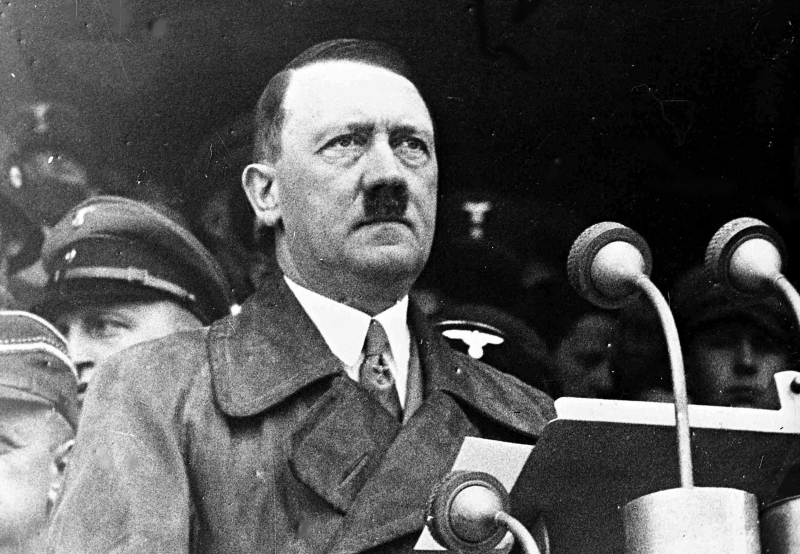
Source: nbcnews 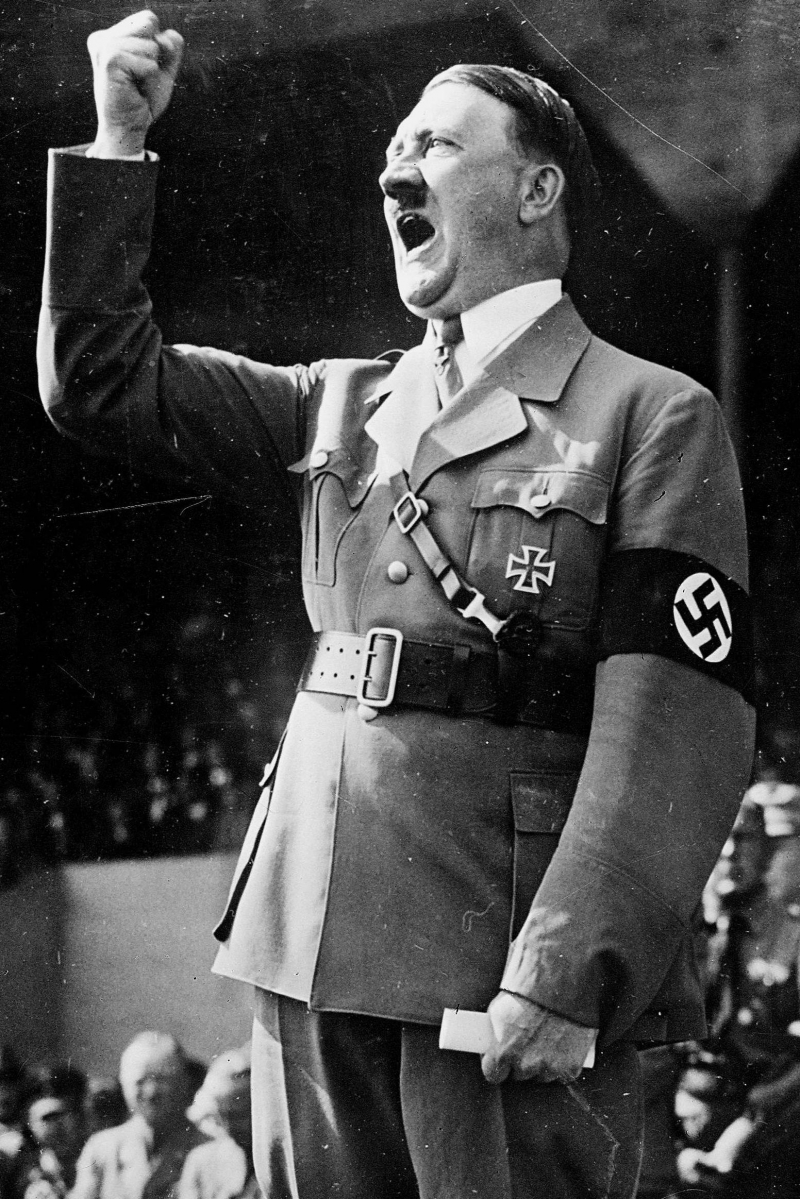
Source: thetimes.co.uk -
While imprisoned for high treason in 1924, Hitler began writing what would subsequently be regarded as one of the world's most deadly novels. Hitler recorded his life and articulated his racist ideas in Mein Kampf ("My Struggle"), which was first published in two volumes (1925, 1927); he claimed to have been a "fanatical anti-Semite" while residing in Vienna. Although it had modest success at first, Mein Kampf's popularity expanded alongside that of Hitler and the Nazis. It was considered the bible of National Socialism in Germany, and more than five million copies had been distributed by 1939. The work was outlawed in Germany and other nations after Hitler's death, and the German state of Bavaria, which owned the copyright, refused to provide publication rights. However, several international publishers continued to print the book, and once the copyright expired in 2016, it entered the public domain. For the first time since 1945, a highly annotated Mein Kampf was released in Germany a few days later. It quickly became a best seller.
Mein Kampf, the Nazi manifesto, has not been published in Germany since the Second World War since the state of Bavaria retained the copyright until the end of 2015. The Institute of Contemporary History of Munich issued a revised version in January 2016. 85,000 copies have been sold since then, and the book is now in its sixth print run. The original Mein Kampf, which translates as "My Struggle," was written during Hitler's imprisonment and contains autobiographical material as well as explanations of the hate-filled anti-Semitic and fanatical ideas that led to the murder of millions of people. It was published in two volumes in 1925-26, but the Bavarian state refused to allow the book to be reissued after the war in order to honor the victims of the Nazis and avoid future instigation of hatred. Readers of the revised edition, which includes thousands of comments, revisions, footnotes, and critical remarks aimed to refute Hitler's original rants, say it has sparked discussion about today's resurgence of far-right political beliefs.
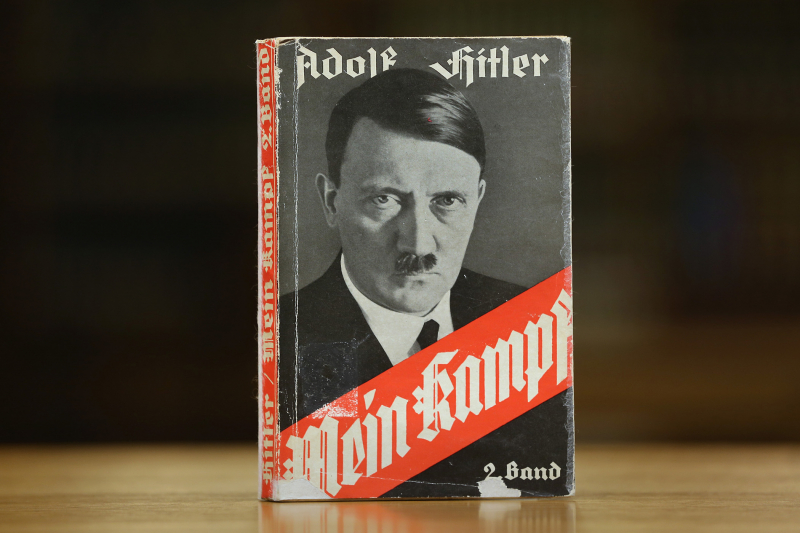
Source: msnbc 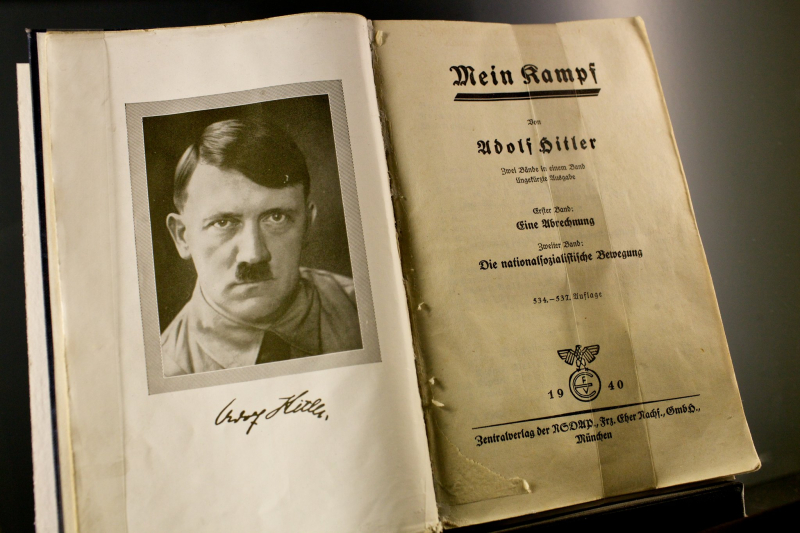
Source: nytimes












